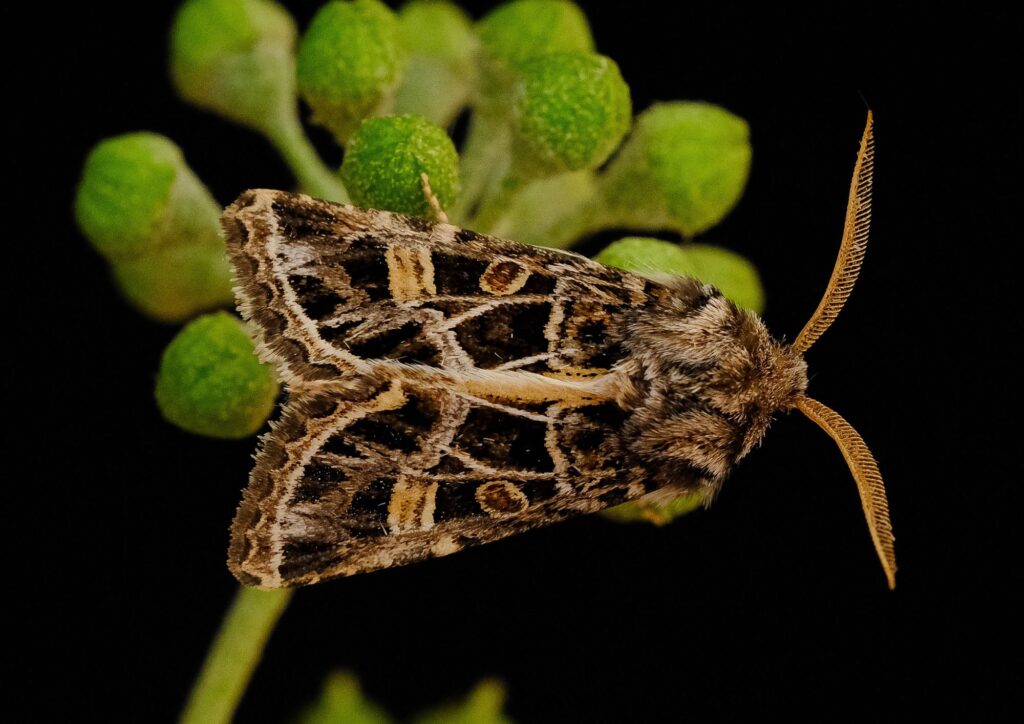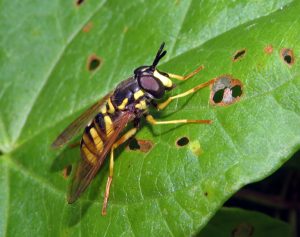The cliffs, coastal grasslands, shingle and rocky shores along Devon’s two coastlines support a wealth of wildlife, including rare invertebrates. Many of these are very specialist and rely on coastal plants, such as thrift and sea campion. Others were once more widespread but are now largely restricted to wildlife-rich coastal habitatsThe natural environment in which an animal, plant or other o... More.
This group includes speciesA group of similar organisms that can breed and exchange gen... More which are largely found scattered on the north coast and the south coast (largely west of the Exe). Unique groups of coastal invertebrates are found on the slumping chalk cliffs of East Devon, Start Point to Bolt Tail, sand dunes and in intertidal areas. These mixed groups are discussed separately. Unique groups of invertebrates found in very specific locations are discussed on the relevant species page e.g. Torbay limestone moths, Dawlish Warren mudflat flies.
Devon Special SpeciesLorem ipsum dolor sit amet consectetur adipiscing. scattered along both coasts are discussed below. There are lots of other invertebrates found along Devon’s coasts which are listed as Devon Species of Conservation Concern. These include the black mining bee (Andean pilpes).


